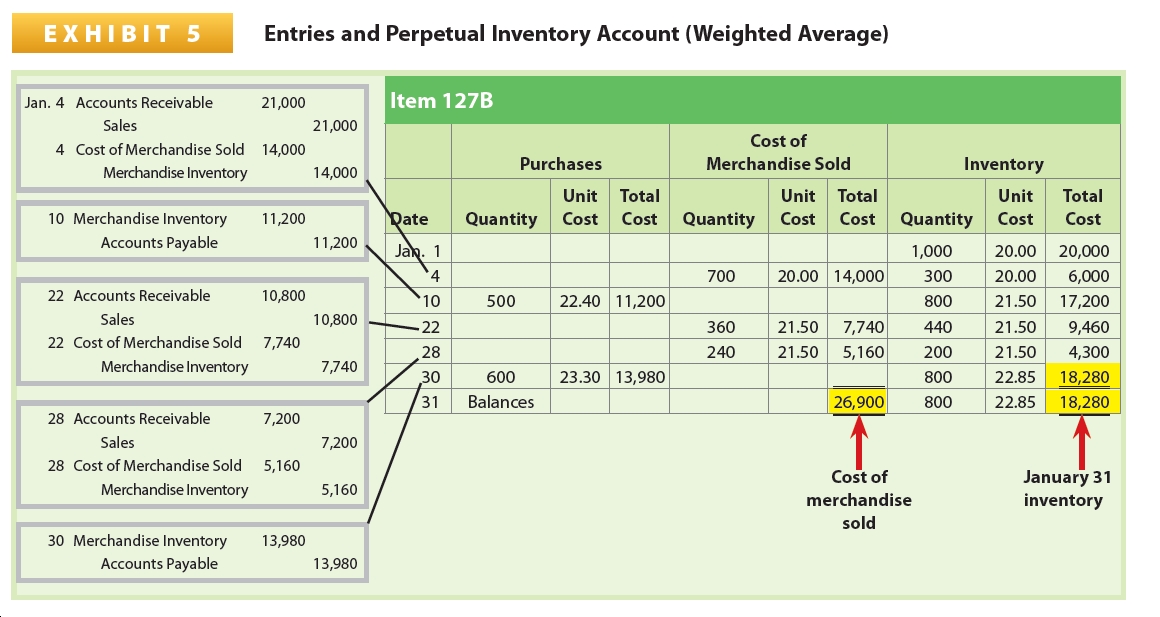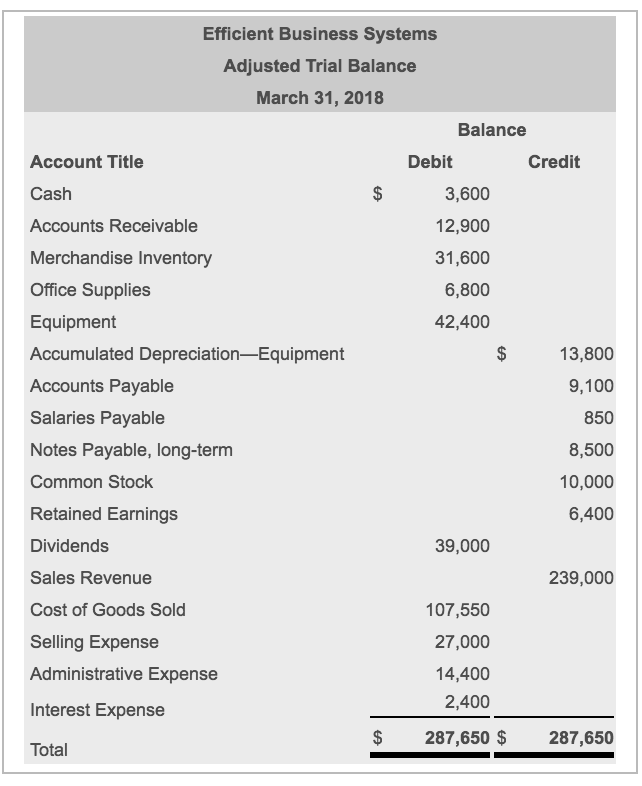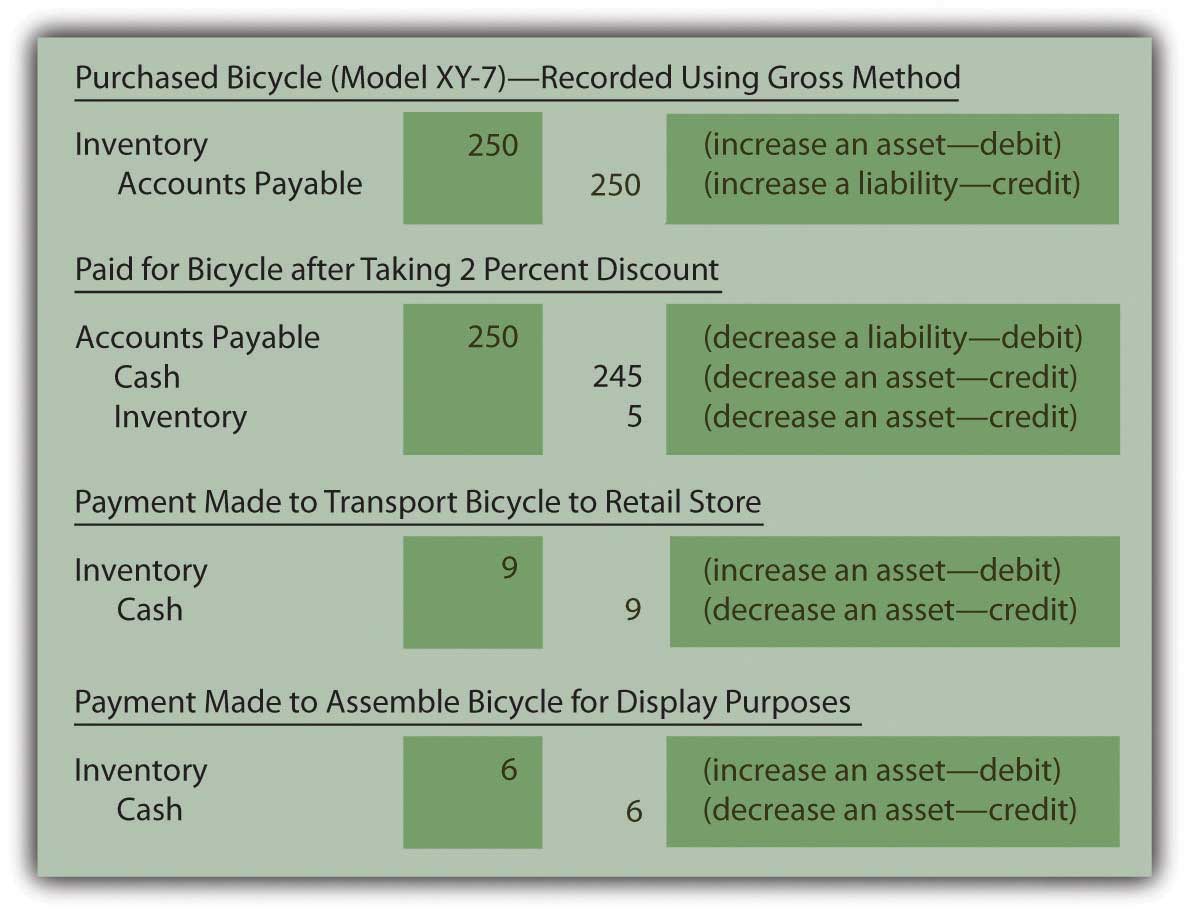
Still, nearly half of small businesses don’t do any inventory tracking at all. Operationally, it’s impossible to run a successful small business without proper inventory control methods. Keeping your retail inventory management in order means that your shelves are stocked, your warehouse/storage areas aren’t cluttered, your cash flow remains stable, and your vendors are happy. More ResourcesĬFI is the official provider of the Financial Modeling and Valuation Analyst (FMVA) ® certification program, designed to transform anyone into a world-class financial analyst.Running your inventory well is one of the most important – and difficult – roles of being a business owner or manager. While discrepancies are more likely to occur the more time passes between inventories, maintaining at least periodic updates to a company’s goods available for sale typically prevents any major issues in terms of lost goods or lost opportunities for profit. The periodic inventory system is an integral part of a company’s operations and is the most common type of inventory process followed because, again, physical inventories involve substantial amounts of time which, ultimately, cost money. Any differences are then expensed to the cost of goods sold account. The physical inventory count is then completed, and compared to the value calculated. The total inventory value is the cost (or total price) of goods that are able to be sold – minus the total number of goods sold between physical inventories.

#PERPETUAL INVENTORY SYSTEM PLUS#
Starting inventory (based on the last physical inventory) plus the total number of purchases made within the period between the previous physical inventory and the next physical inventory is equal to the total amount of the goods that are available to be sold. Calculations in the Periodic Inventory SystemĪs discussed above, calculating the value of an inventory between one physical inventory count to the next, is done by starting with opening balances and adjusting for any accounting additions or subtractions to the account. It is why physical inventories are necessary, to accurately reflect how many tangible goods are in a store or storage area.Īfter a periodic inventory count, the purchase account records are changed to reflect the accurate monetary accounting of goods based on the number of goods that are physically present. It doesn’t, however, account for broken, damaged, or lost goods and also doesn’t typically reflect returned items. In a periodic system, all transactions conducted are listed in a purchase account for the company, which monitors inventory based on deduction of the cost of goods sold (COGS). A periodic inventory system is a commonly used alternative to a perpetual inventory system.īecause the physical accounting for all goods and products in stock is so time-consuming, most companies conduct them intermittently, which often means once a year, or maybe up to three or four times per year.


Thus, many companies only conduct physical inventory counts periodically.

Maintaining physical inventories can be costly because the process eats up time and manpower. The periodic inventory system refers to conducting a physical inventory count of goods/products on a scheduled basis. Updated DecemWhat is the Periodic Inventory System?


 0 kommentar(er)
0 kommentar(er)
